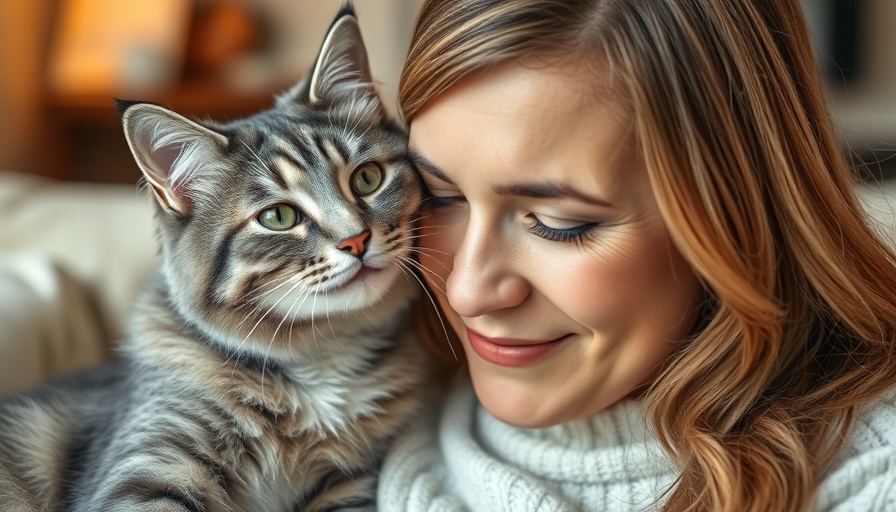
Mastering the Art of Potty Training Your Dog
Potty training your dog is often hailed as one of the more rewarding yet challenging tasks of pet parenthood. The good news? With patience, consistency, and a bit of knowledge about canine behavior, you can make this process smooth for both you and your furry friend. Let’s dive into the essentials of training your pup and uncover some expert strategies that can help foster understanding between you and your dog.
When Is the Right Time to Start?
The ideal window to commence potty training is between 8 to 12 weeks of age. During this crucial period, puppies start gaining bladder control and are eager to learn good behaviors. However, it’s worth noting that older dogs can also learn; it might just require additional time and persistence. One helpful tip is to take your dog outdoors for potty breaks based on their age—expect one hour for each month they have been alive. So, if your pup is two months old, they’ll need a break every two hours, and so on.
What’s the Expected Timeline?
Many pet parents find that it typically takes about 4 to 6 months for their dog to become reliably house trained, though some dogs may take up to a year. Expect a few accidents during this learning phase; it’s all part of the process! Establish a clear routine by taking your dog out after meals, naps, and playtimes. For those early weeks, aim to take your puppy out every two hours or even more frequently to instill confidence in the potty process.
Do Certain Breeds Require More Time?
Yes! Smaller breeds, including Chihuahuas and Yorkshire Terriers, often take longer to house train due to their smaller bladders. Meanwhile, breeds known for their work ethic, like Labradors and Border Collies, typically pick up training faster. Nevertheless, every dog has a unique personality that influences training outcomes just as much as breed does. Always use positive reinforcement for the best results—praise and treats after they successfully go outside will strengthen their training.
Top Tips and Tricks for Effective Potty Training
To aid you in this journey, here are some tried-and-true tips for successful potty training:
- Crate Training: Utilize a crate as dogs usually prefer not to soil their personal space. This teaches them to hold their bladder.
- Praise and Rewards: Immediate rewards such as treats or enthusiastic praise are crucial every time your dog goes potty outside.
- Stay Consistent: Feeding and walking your dog at the same times each day will help them adapt to a schedule and learn to hold their bladder until it’s time to go out.
- Recognizing Signs: Watch for indicators that it’s time to go out. Signs like circling, sniffing, or whining may signal your dog needs relief.
By employing these methods and a splash of positivity, you can turn potty training into not just a task, but a rewarding bonding experience with your dog. Keep your chin up; before you know it, your home will be free from puppy messes!
Bonding Through Potty Training
Potty training can often feel more like a chore than a bonding experience, yet it shouldn’t be! Your puppy is learning how to navigate their world, and by guiding them patiently, you are building trust. Celebrate small victories, and relish those moments of progress together.
The Importance of Patience
One thing to remember throughout your potty training endeavor is patience. Every dog learns at their own pace, and it is essential not to scold your pet for accidents. Instead, refocus on encouraging them positively when they succeed. Watching your puppy grow and learn is part of the joy of being a pet parent.
 Add Row
Add Row  Add
Add 




Write A Comment